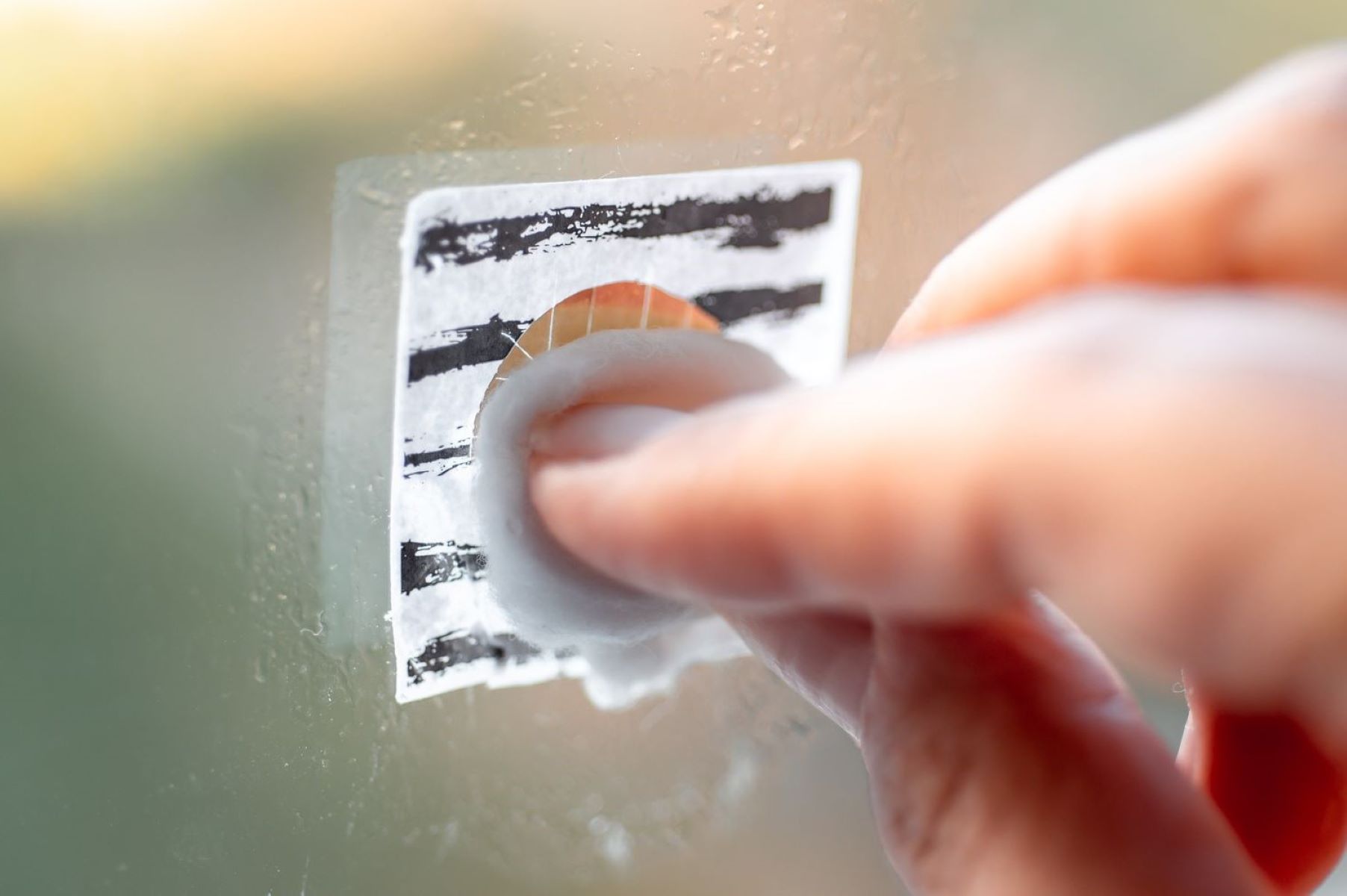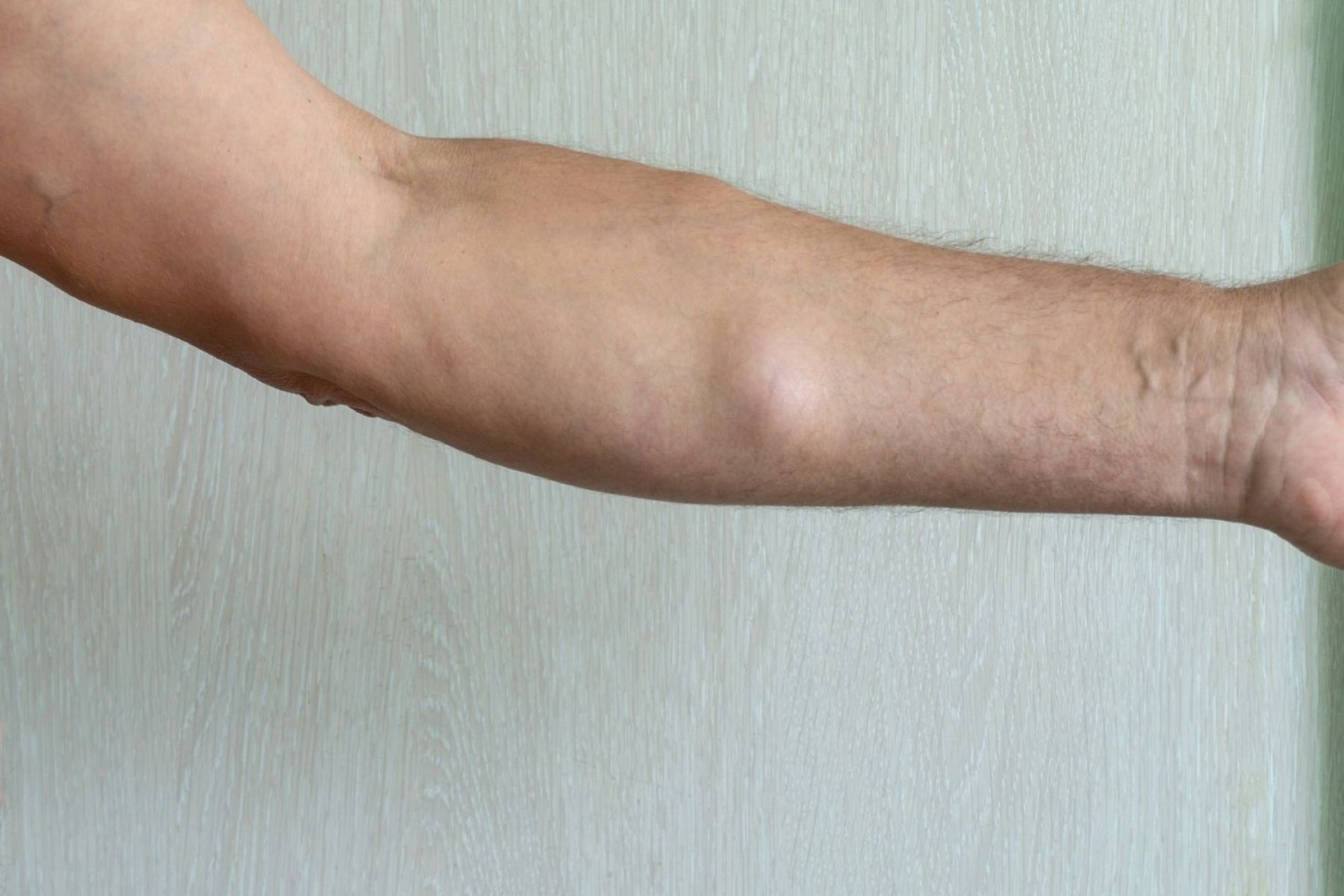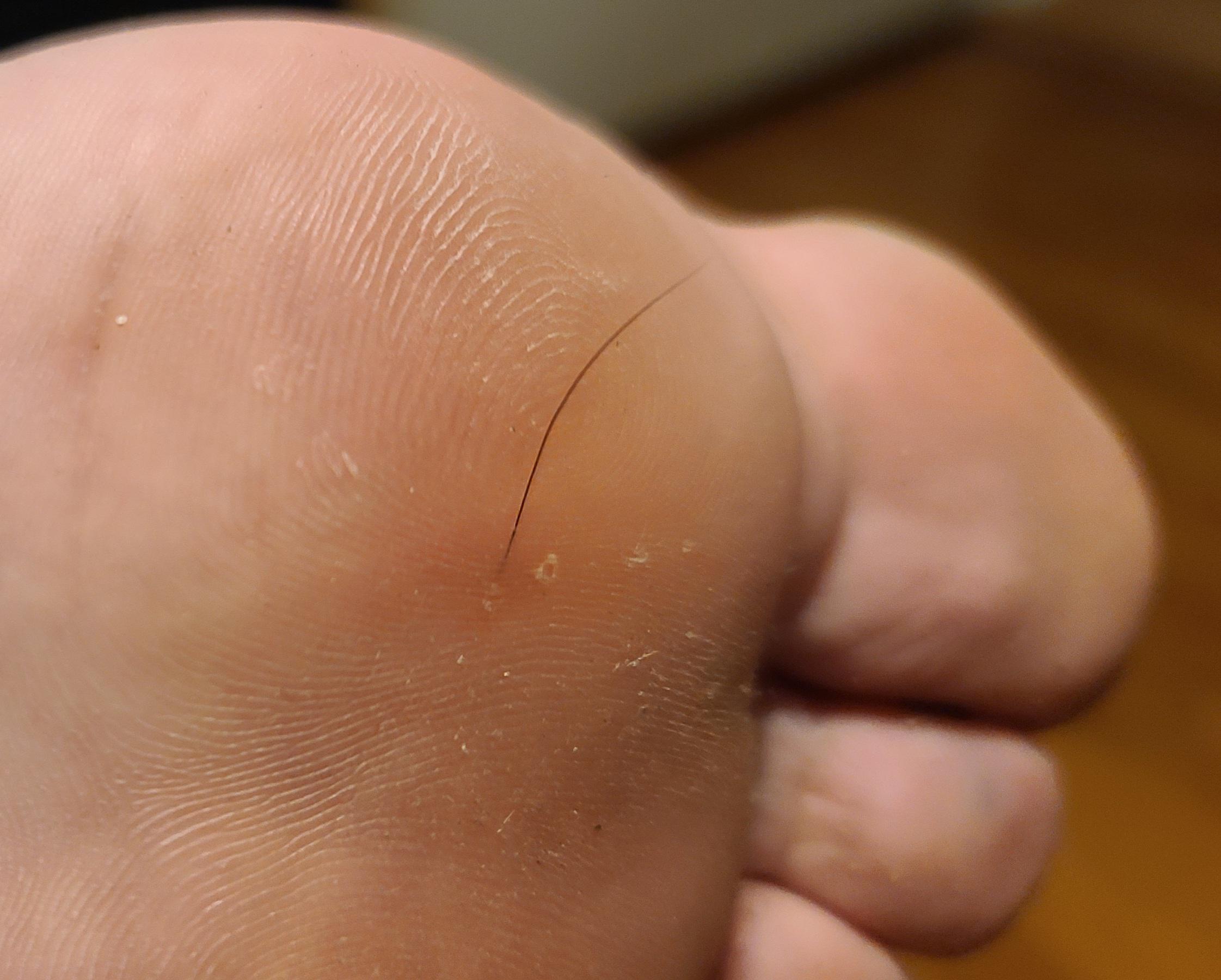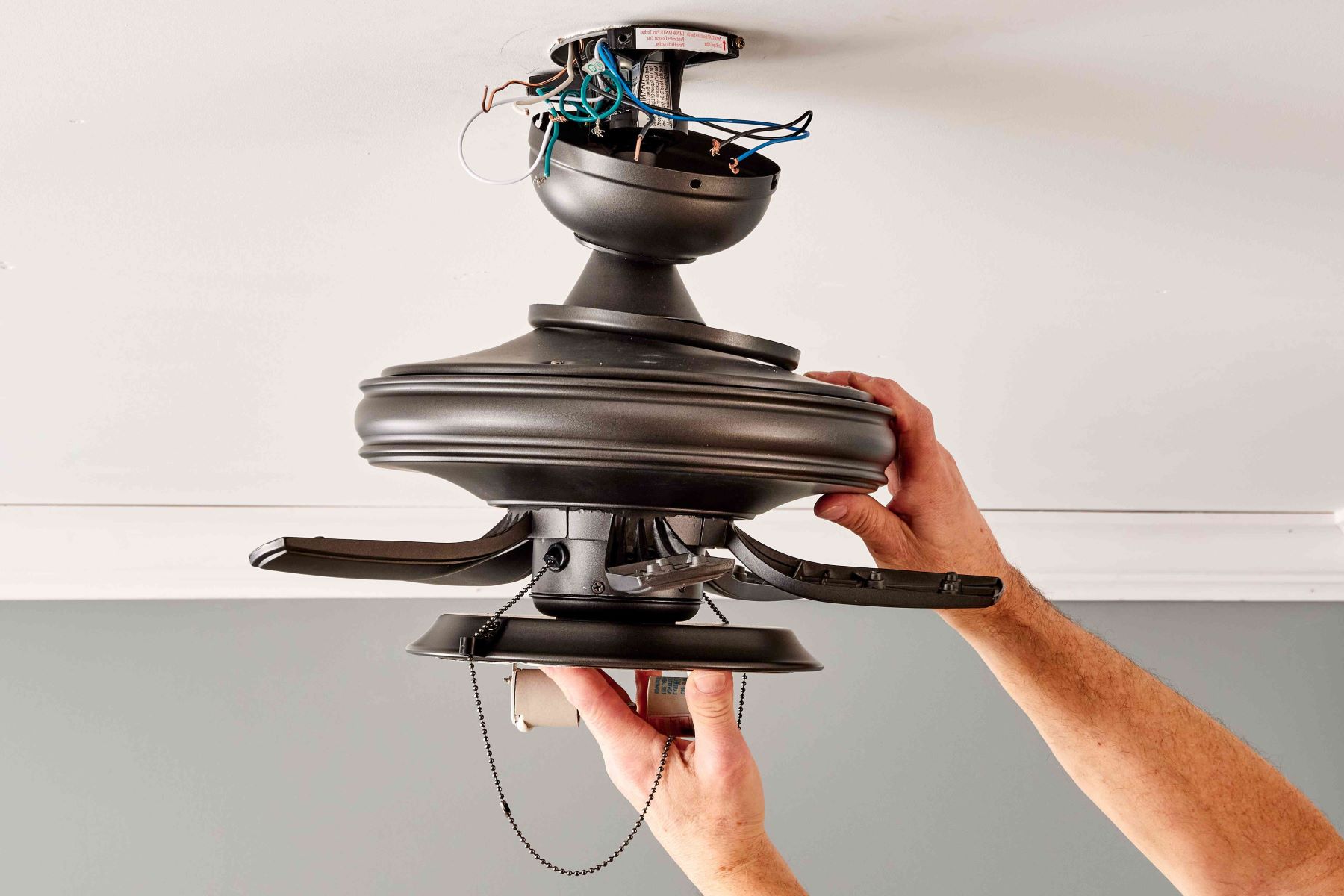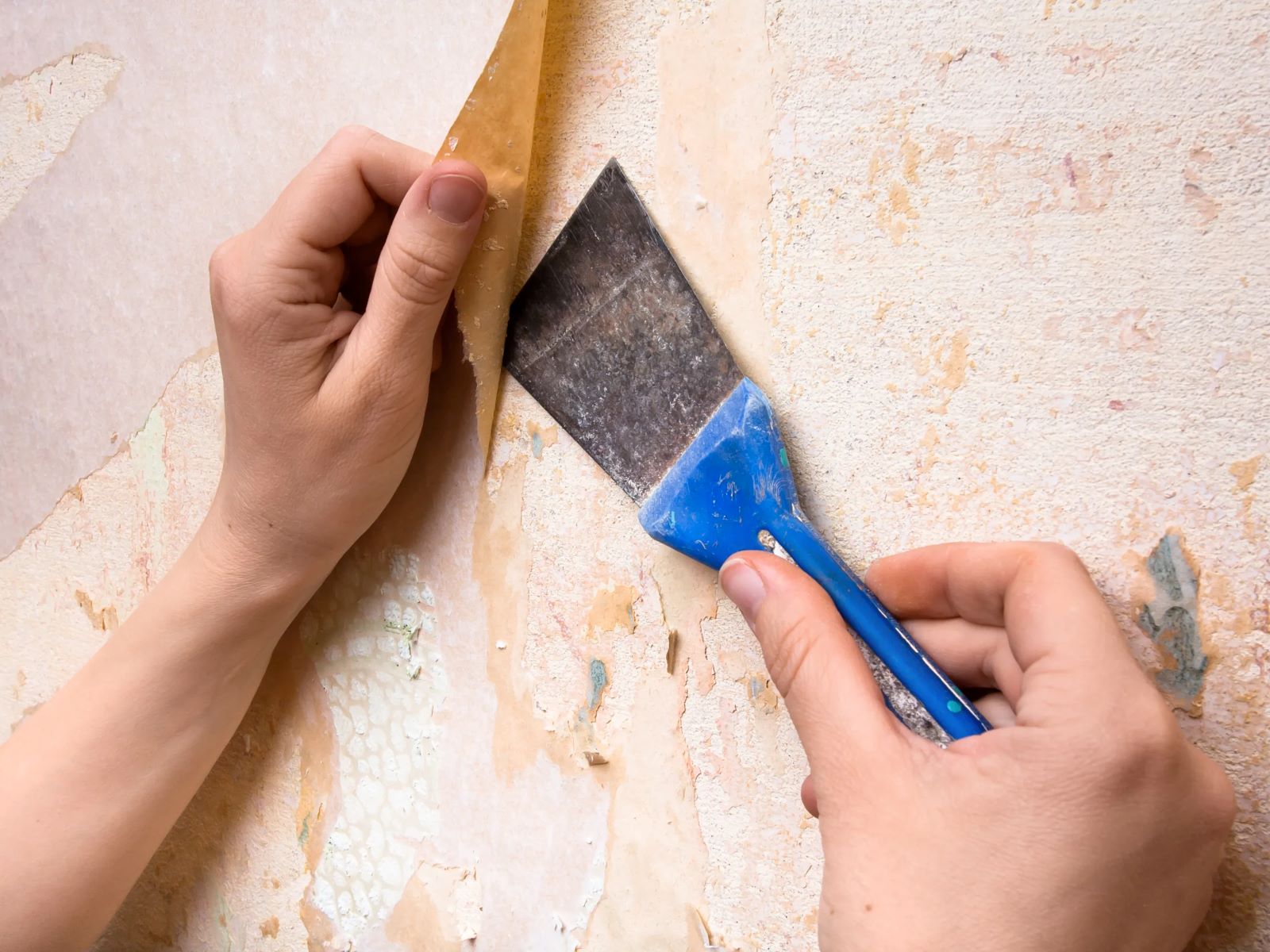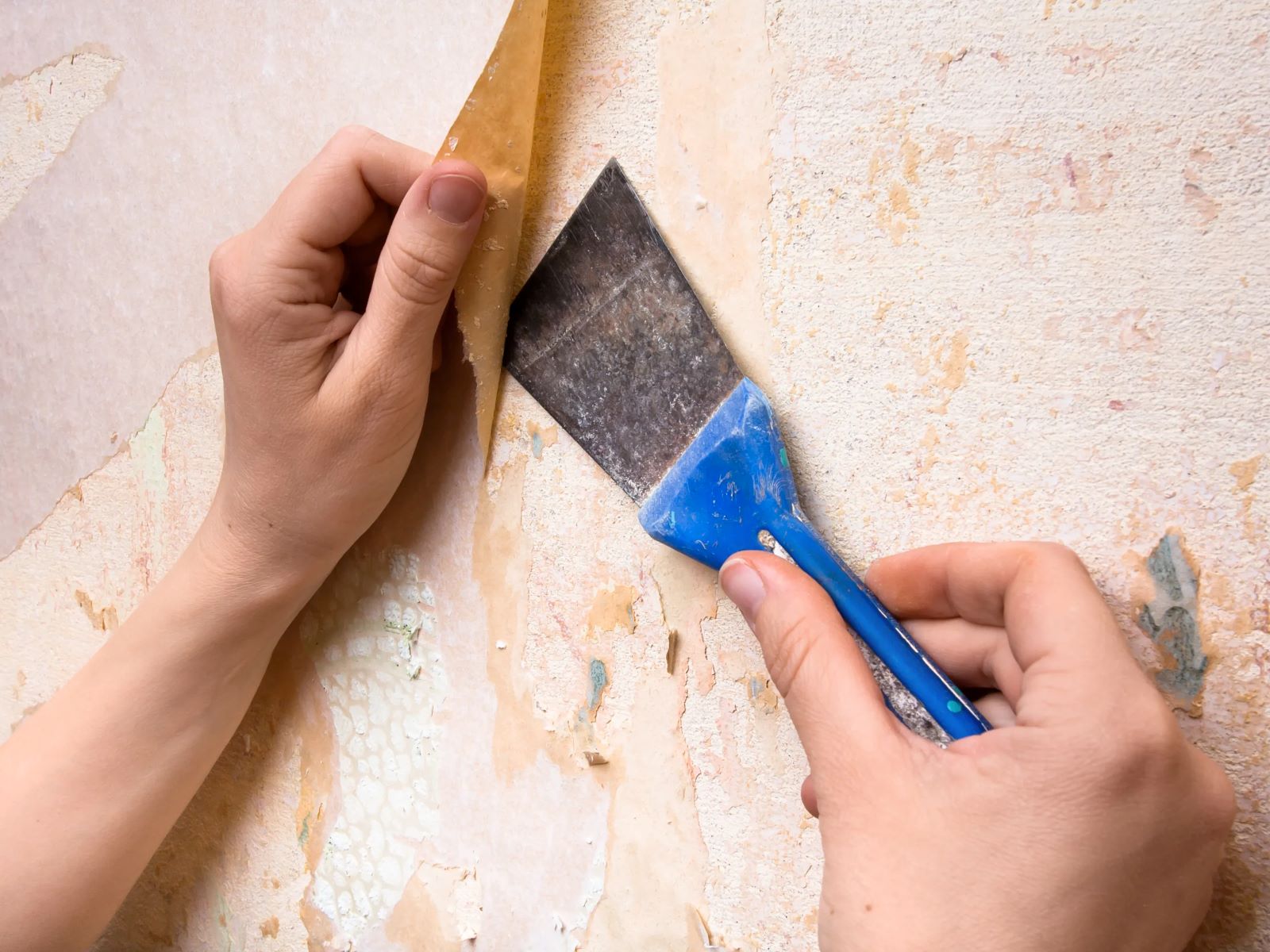Home>Home and Garden>How To Remove A Stuck Hose From A Spigot
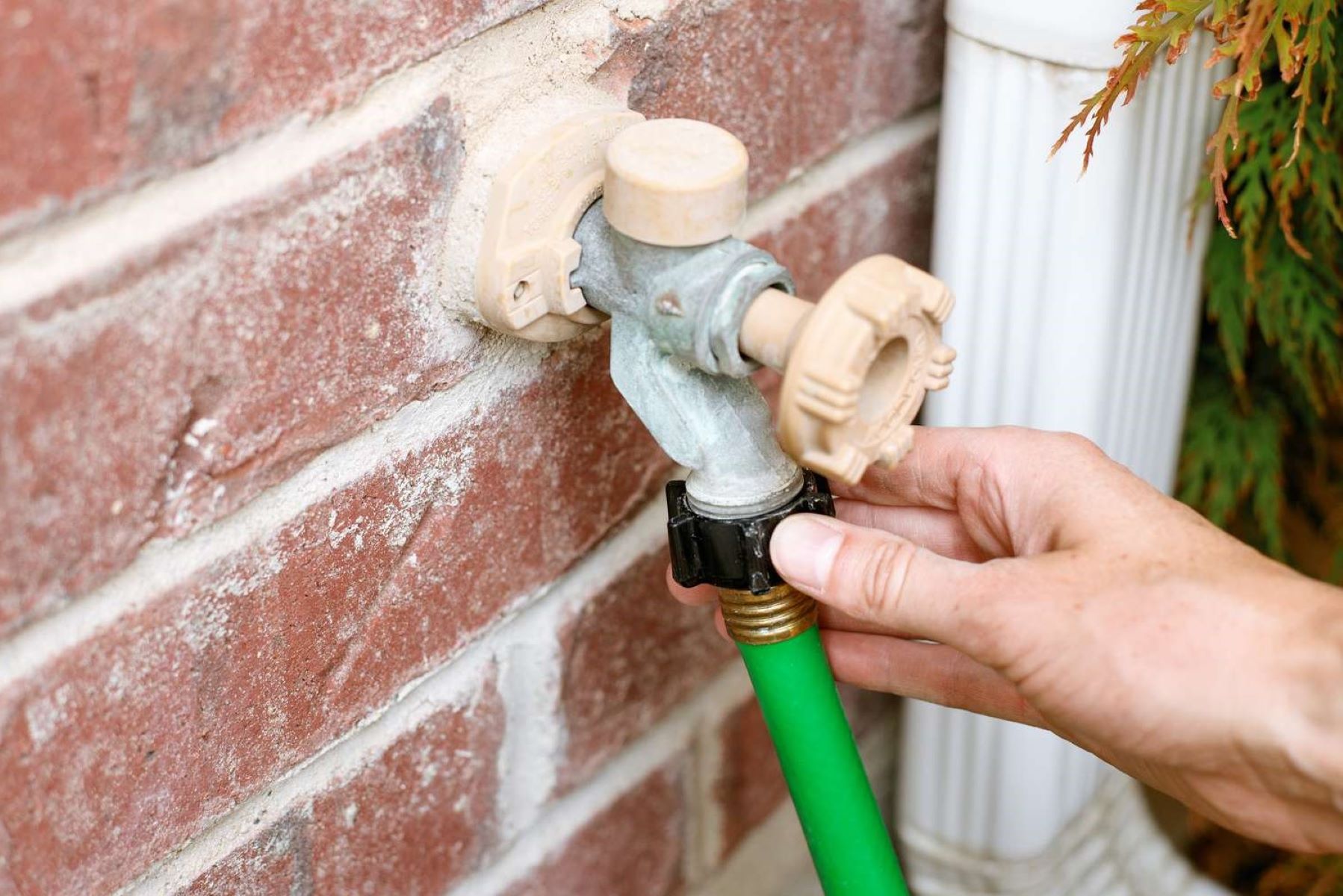

Home and Garden
How To Remove A Stuck Hose From A Spigot
Published: February 29, 2024
Learn effective techniques for removing a stuck hose from a spigot in your home and garden. Get expert tips and tricks for hassle-free hose removal.
(Many of the links in this article redirect to a specific reviewed product. Your purchase of these products through affiliate links helps to generate commission for Regretless.com, at no extra cost. Learn more)
Table of Contents
Introduction
Dealing with a stuck hose on a spigot can be a frustrating and challenging situation for any homeowner or gardener. Whether it's due to corrosion, over-tightening, or simply the passage of time, a stuck hose can hinder your gardening or outdoor activities. However, with the right approach and a bit of patience, you can effectively tackle this issue and free your hose from the stubborn grip of the spigot.
In this comprehensive guide, we will explore various methods and techniques to help you remove a stuck hose from a spigot. From assessing the situation to applying lubrication, using heat to loosen the hose, employing tools to assist in the removal process, and knowing when it's time to seek professional help, we've got you covered. By following these steps, you can regain control over your outdoor water supply and continue enjoying your gardening and outdoor maintenance tasks without the frustration of a stuck hose.
Whether you're a seasoned gardener or a new homeowner, understanding how to address a stuck hose is a valuable skill that can save you time, money, and unnecessary stress. So, let's dive into the methods and tips that will empower you to tackle this common household challenge with confidence and efficiency.
Read more: How To Remove A Stuck Oil Filter
Assessing the Situation
Before attempting to remove a stuck hose from a spigot, it's crucial to carefully assess the situation to determine the underlying factors contributing to the obstruction. Start by visually inspecting the connection between the hose and the spigot. Look for any visible signs of corrosion, rust, or physical damage that may be impeding the smooth detachment of the hose. Additionally, check for any irregularities in the shape or alignment of the hose that could be causing it to bind against the spigot.
Next, consider the environmental conditions that may have influenced the situation. Factors such as prolonged exposure to the elements, extreme temperatures, or the presence of debris and dirt can all contribute to the hose becoming stuck on the spigot. Take note of any relevant environmental elements that could have played a role in the obstruction.
It's also important to assess the type of material used in both the hose and the spigot. Different materials, such as plastic, rubber, or metal, may react differently to environmental conditions and can impact the ease of detachment. Understanding the material composition can provide valuable insight into the potential challenges you may encounter during the removal process.
Furthermore, consider the history of the hose and spigot connection. If the hose has been attached to the spigot for an extended period, it may have undergone a degree of bonding due to the accumulation of mineral deposits or the natural aging of the materials. Understanding the duration of the connection can help gauge the level of resistance you might encounter when attempting to free the hose.
By thoroughly assessing these various aspects of the situation, you can gain a clearer understanding of the specific challenges you may face when removing the stuck hose from the spigot. This assessment will inform the subsequent steps you take to address the issue effectively, ultimately leading to a successful resolution of the problem.
Applying Lubrication
Applying lubrication is a highly effective method for loosening a stuck hose from a spigot. Lubricants work by reducing friction and creating a slippery surface, making it easier to dislodge the hose from the spigot without causing damage to either component. When selecting a lubricant for this purpose, it's essential to choose a product that is safe for both the hose material and the spigot, ensuring that it does not cause deterioration or compromise the integrity of the surfaces.
One of the most commonly used lubricants for this task is a silicone-based spray or gel. Silicone lubricants are known for their water-resistant properties and their ability to provide a smooth, non-greasy coating. To apply the lubricant, start by spraying or applying a generous amount around the area where the hose meets the spigot. Allow the lubricant to penetrate the space between the hose and the spigot, giving it time to work its way into any crevices or tight spots.
In addition to silicone-based lubricants, other household products can also serve as effective lubricants for freeing a stuck hose. For example, vegetable oil or cooking spray can be used as a makeshift lubricant in situations where specialized products are not readily available. Apply the oil generously to the connection point, ensuring that it reaches all areas where the hose and spigot meet.
Once the lubricant has been applied, gently attempt to twist and maneuver the hose to encourage the lubricant to penetrate further into the connection. This movement helps distribute the lubricant evenly and encourages it to reach any areas where the hose may be binding against the spigot. It's important to exercise patience during this process, as the lubricant may require some time to effectively reduce the friction and allow the hose to gradually loosen from the spigot.
If the hose shows signs of movement or increased flexibility after applying the lubricant, continue to work it gently back and forth, periodically reapplying the lubricant as needed. This repetitive motion, combined with the lubricating properties, can gradually weaken the grip of the spigot on the hose, making it easier to detach.
By applying the appropriate lubricant and allowing it to work its magic, you can significantly improve the maneuverability of the stuck hose and increase the likelihood of successfully freeing it from the spigot without causing damage or undue strain on either component.
Using Heat to Loosen the Hose
Introducing heat to the connection between a stuck hose and a spigot can be a game-changer in the removal process. Heat helps to expand the metal of the spigot and the hose, potentially breaking the bond caused by corrosion or mineral deposits. This method is particularly effective when dealing with metal spigots and hoses, as the expansion and contraction properties of metal make them responsive to temperature changes.
To apply heat, start by using a heat source such as a hairdryer, heat gun, or even a propane torch on the lowest setting. Hold the heat source a few inches away from the connection point to avoid direct contact with the hose or spigot, as excessive heat can damage the materials. Gently move the heat source back and forth along the length of the connection, ensuring that the heat is evenly distributed.
As the metal components absorb the heat, they will gradually expand, potentially breaking the bond that has caused the hose to become stuck. It's important to exercise caution and patience during this process, as overheating the materials can lead to damage or warping. Additionally, avoid using an open flame near the hose or spigot, as this can pose a fire hazard and increase the risk of damage.
After applying heat for several minutes, attempt to gently twist and maneuver the hose to gauge its flexibility. The heat should have facilitated the expansion of the metal, making it easier to manipulate the hose. If the hose shows increased movement or flexibility, continue to work it back and forth, periodically reapplying heat as needed.
In some cases, the application of heat may be adequate to loosen the hose from the spigot, allowing for a smooth and effortless removal. However, if the hose remains stubbornly stuck, it's important to avoid excessive force, as this can lead to damage to the hose or the spigot. Instead, consider combining the use of heat with other methods, such as lubrication or the use of specialized tools, to achieve the desired result.
By utilizing heat as a strategic tool in the removal process, you can take advantage of the thermal properties of metal to facilitate the detachment of a stuck hose from a spigot. This method, when applied with care and precision, can significantly improve the maneuverability of the hose and increase the likelihood of a successful removal, ultimately restoring the functionality of your outdoor water supply.
Using Tools to Assist Removal
When facing a stubbornly stuck hose on a spigot, the strategic use of tools can provide valuable assistance in the removal process. By leveraging the mechanical advantage and precision offered by various tools, you can effectively address the challenge of freeing the hose from the grip of the spigot. Here are some key tools and techniques that can aid in the removal of a stuck hose:
Read more: How To Remove Tar From Your Car
Adjustable Wrench or Pliers
An adjustable wrench or a pair of pliers can be indispensable tools when attempting to loosen a stuck hose. Start by selecting an appropriately sized adjustable wrench or pliers that can securely grip the nut or collar of the hose connection. Position the wrench or pliers around the nut or collar and apply gentle, steady pressure in a counterclockwise direction to encourage the loosening of the hose. It's important to exercise caution and avoid applying excessive force, as this can lead to damage to the hose or the spigot. By gradually increasing the torque while maintaining control, you can coax the hose to release its grip on the spigot.
Rubber Mallet or Wooden Block
In situations where the hose is firmly lodged onto the spigot, a rubber mallet or a wooden block can be used to provide percussive assistance. Position the mallet or block against the collar or outer surface of the hose connection and gently tap it in a rotational motion. The aim is to create subtle vibrations that can help dislodge the hose without causing damage. The use of a rubber mallet or wooden block minimizes the risk of marring or denting the hose or the spigot, making it a safe and effective method for encouraging the release of the stuck hose.
Hose Removal Tool
Specialized hose removal tools are designed to provide optimal leverage and grip for detaching stuck hoses from spigots. These tools typically feature a gripping mechanism that securely clamps onto the hose, allowing for controlled twisting and pulling motions. By utilizing a hose removal tool, you can apply targeted force to the connection point, increasing the likelihood of successfully freeing the hose without causing damage or undue strain. When using a hose removal tool, follow the manufacturer's instructions to ensure safe and effective operation.
Soapy Water or Dish Soap
In instances where the hose is resistant to traditional removal methods, the application of soapy water or dish soap can serve as a supplementary aid. By spraying or applying a generous amount of soapy water to the connection point, you can introduce lubricating properties that reduce friction and facilitate smoother detachment. The soapy solution acts as a supplementary lubricant, enhancing the effectiveness of the removal process and increasing the maneuverability of the stuck hose.
By incorporating these tools and techniques into the removal process, you can approach the task of freeing a stuck hose from a spigot with confidence and precision. Each tool and method offers unique advantages that contribute to a comprehensive and strategic approach to hose removal, ultimately leading to a successful resolution of the challenge at hand.
Seeking Professional Help
In some instances, despite diligent efforts and the application of various removal methods, a stuck hose may persist in defying attempts at detachment. When faced with a particularly stubborn or challenging situation, seeking professional help can provide a viable solution to the problem. Professional plumbers or maintenance experts possess the expertise, specialized tools, and experience necessary to address complex hose removal scenarios effectively.
Professional assistance becomes especially crucial when the stuck hose is intricately connected to a complex plumbing system or when the spigot itself exhibits signs of damage or deterioration. In such cases, the expertise of a professional can prevent inadvertent damage to the plumbing infrastructure and ensure that the removal process is carried out with precision and care.
Moreover, if the stuck hose is part of a larger irrigation or watering system, involving intricate connections and valves, professional assistance becomes indispensable. Attempting to force the removal of a stuck hose in such a system without the requisite expertise can lead to unintended damage and costly repairs. By enlisting the services of a professional, homeowners can safeguard the integrity of their irrigation systems and ensure that the removal process is executed with the utmost attention to detail.
Additionally, professional plumbers and maintenance experts are equipped with a diverse range of specialized tools and equipment designed specifically for addressing challenging hose removal scenarios. These tools, combined with the professionals' in-depth knowledge of plumbing systems and materials, enable them to approach the task with a high degree of precision and efficiency.
When considering professional help, it's essential to engage reputable and experienced professionals who have a proven track record in handling similar plumbing and maintenance challenges. By entrusting the task to qualified professionals, homeowners can alleviate the stress and uncertainty associated with a stuck hose and have the assurance that the issue will be resolved effectively and without causing further complications.
Ultimately, seeking professional help for the removal of a stuck hose from a spigot is a proactive and prudent approach, particularly when faced with challenging or intricate removal scenarios. By leveraging the expertise and resources of professionals, homeowners can ensure the safe and successful resolution of the issue, restoring the functionality of their outdoor water supply without unnecessary strain or risk of damage.

